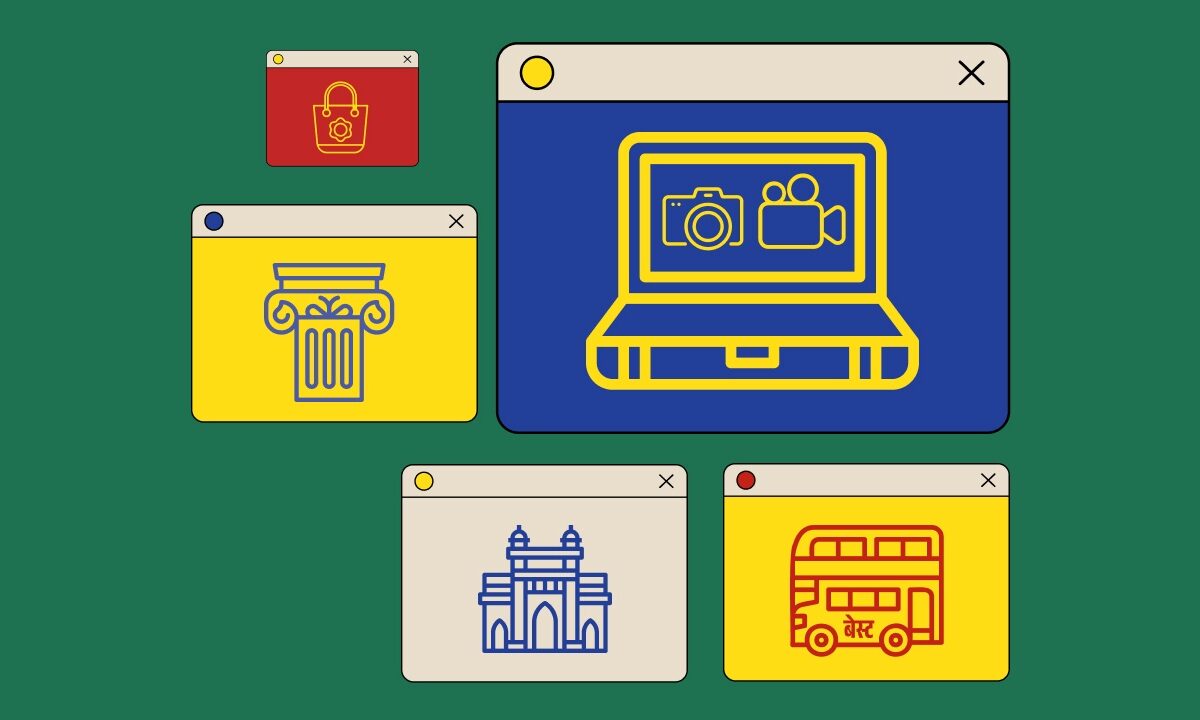
A brand is not just a logo, it's the experience and perception you create.
Marty Neumeier
In today’s competitive market, having a great product or service isn’t enough. Successful businesses are built on strong branding and a well-defined strategy. Branding goes beyond just a logo—it’s about creating a distinct identity that resonates with your audience and leaves a lasting impression.
A strong branding strategy ensures that every element of your business, from visual design to messaging, aligns with your core values and goals. In this blog, we’ll explore the key components of branding and strategy and how they help businesses grow.

What Is Branding & Why Does It Matter?
Branding is the process of creating a unique identity for a business. It involves elements like logos, colors, typography, packaging, messaging, and customer experience. Good branding builds trust, recognition, and emotional connection—making customers choose your brand over competitors.
A well-crafted branding strategy helps businesses:
- Stand out in a crowded marketplace.
- Build long-term customer loyalty.
- Create a consistent experience across all platforms.
- Increase perceived value and credibility.
Branding isn’t just about aesthetics—it’s a strategic tool that influences how customers perceive and interact with your business.
The Role of Strategy in Branding
Branding without strategy is like a ship without a compass. A solid branding strategy ensures that every branding decision aligns with the business’s mission and goals. It answers critical questions like:
- Who is your target audience?
- What values define your brand?
- What message do you want to communicate?
- How do you differentiate from competitors?
A clear strategy ensures that branding decisions are intentional, consistent, and effective, leading to long-term success.
Key Elements of Branding & Strategy
1. Brand Identity: Defining Your Unique Presence
Your brand identity is the visual and verbal representation of your brand. It includes:
- Logo – The face of your brand.
- Typography & Colors – Fonts and color palettes that evoke emotions.
- Tagline & Messaging – The words that define your brand’s voice.
- Brand Personality – How your brand communicates and interacts.
A strong brand identity ensures that customers recognize and remember your business, making it easier to build loyalty and trust.
2. Packaging Design: The First Impression Matters
In retail and e-commerce, packaging design plays a crucial role in influencing customer decisions. Packaging is not just about protection—it’s an extension of your brand identity. A well-designed package should:
- Reflect your brand’s personality through colors, typography, and graphics.
- Be functional and user-friendly while maintaining aesthetic appeal.
- Create an emotional connection that encourages purchase decisions.
Effective packaging can turn a product into an experience, making customers more likely to buy and remember your brand.
3. Creative & Visual Direction: Crafting a Cohesive Brand Look
Creative and visual direction set the tone for your brand’s overall aesthetic. It ensures consistency across all marketing materials, including:
- Website design
- Social media graphics
- Advertisements
- Product visuals
A clear creative direction ensures that every element of your brand—from online presence to print materials—feels unified and recognizable.
For example, luxury brands use minimalistic designs, elegant typography, and high-quality imagery, while playful brands might use bold colors and fun illustrations. Your creative direction should align with your brand’s personality and target audience.
4. Copywriting: Crafting a Powerful Brand Voice
Words matter. Copywriting shapes how your brand speaks to your audience. Whether it’s a website, product description, ad, or social media post, effective copywriting should:
- Tell a compelling story about your brand.
- Connect emotionally with your audience.
- Use a tone that matches your brand personality (formal, casual, witty, etc.).
- Be clear, persuasive, and engaging to drive action.
Great copywriting helps customers understand what your brand stands for and why they should choose you over competitors.
5. Print: Extending Your Brand Beyond Digital
Even in the digital age, print materials remain a powerful branding tool. High-quality print assets like brochures, business cards, posters, and packaging help create a tangible brand presence.
Well-designed print materials:
- Reinforce brand credibility and professionalism.
- Create memorable offline experiences.
- Support brand recognition at events, trade shows, and in-store promotions.
When done right, print materials enhance your brand identity and strengthen customer relationships.
Building a Strong Branding & Strategy Framework
A successful branding strategy requires careful planning and execution. Here’s how to develop an effective framework:
1. Define Your Brand’s Purpose & Values – What does your brand stand for? What makes it unique?
2. Understand Your Target Audience – Who are your ideal customers? What are their needs and preferences?
3. Develop a Visual Identity – Create a logo, color palette, typography, and design elements that reflect your brand’s personality.
4. Establish a Consistent Brand Voice – Ensure your messaging and tone remain the same across all platforms.
5. Leverage Packaging & Print Materials – Use physical branding to enhance customer experience.
6. Optimize for Digital & Social Media – Maintain a strong presence on social platforms to engage with your audience.
7. Regularly Review & Adapt – Branding is an evolving process. Keep refining your strategy based on market trends and customer feedback.
Branding is More Than Just a Logo
A well-crafted branding and strategy plan is the foundation of a successful business. From brand identity and creative direction to copywriting and packaging design, every element works together to shape how customers perceive and interact with your brand.
Investing in strong branding isn’t just about looking good—it’s about creating trust, building relationships, and ensuring long-term business growth. When your branding and strategy are aligned, your business stands out, attracts the right customers, and thrives in a competitive market.
Want to elevate your brand’s identity? Start by defining your strategy and ensuring every touchpoint reflects your brand’s true essence.





